50 Years of Subaru Leone
Which manufacturer was the first to build a car with all-wheel drive in large-scale production? This is a question that even some experts have a hard time answering. It is partly due to the very definition of a “large-scale production”. Before World War 2, any production figure in the three-digit range would probably have automatically fallen into this category. However, advancing automation and assembly line production soon pushed such numbers into the realm of small batches. There is clear evidence that the Dutch manufacturer Spyker built the first gasoline-powered passenger car with all-wheel drive in 1903, but it remained a one-off. Between 1966 and 1971, around 320 examples of the Jensen FF with all-wheel drive and mechanical ABS were built.
From 1972 with all-wheel drive
In the same year that Jensen ended production of the FF, a few thousand miles away, Subaru unveiled its new lower-mid-range model called the Leone (offered in the USA as the DL and GL, and in Germany from second model generation as 1600 and 1800). Leone is the Italian word for lion. Initially there was a two-door Coupé, six months later also a four-door sedan, with which the Japanese brand for the first time also tackled the European market. The real surprise from the point of view of the experts at the time came in mid-1972. The newly presented Station Wagon version was available ex works as 4WD, i.e. with all-wheel drive. This system was mechanically selectable by means of a claw clutch. The 855-kilogram Station Wagon was powered by a 1.4-liter, longitudinally mounted four-cylinder boxer engine with 53 kW/72 hp.
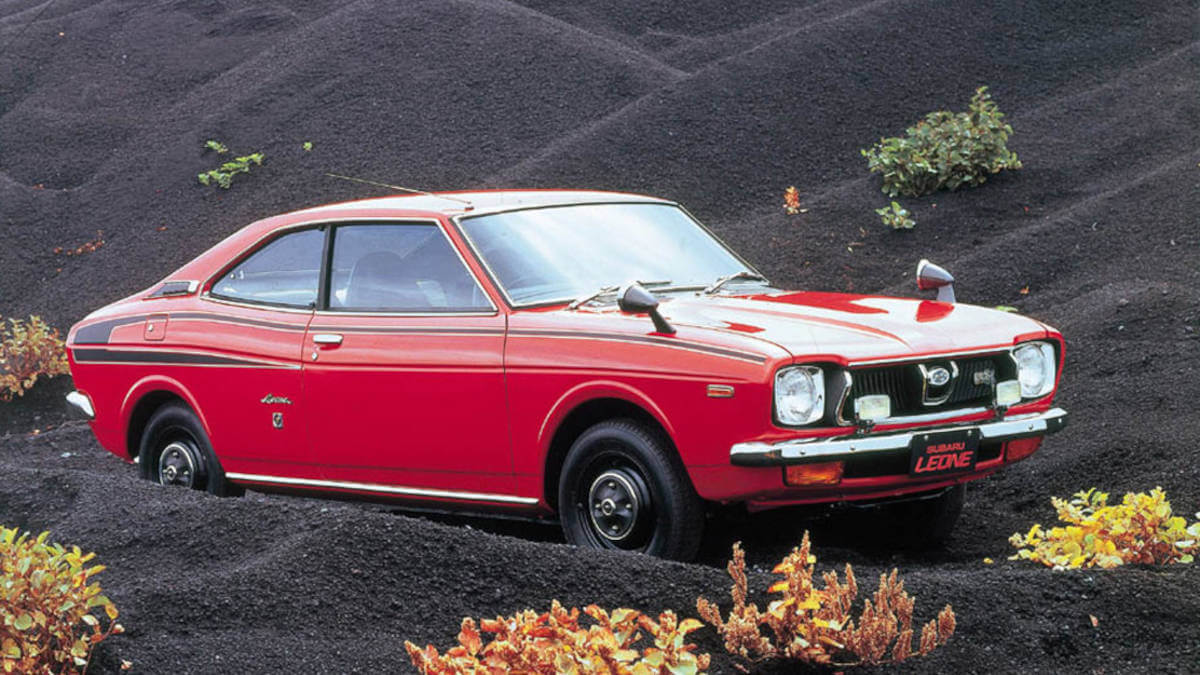



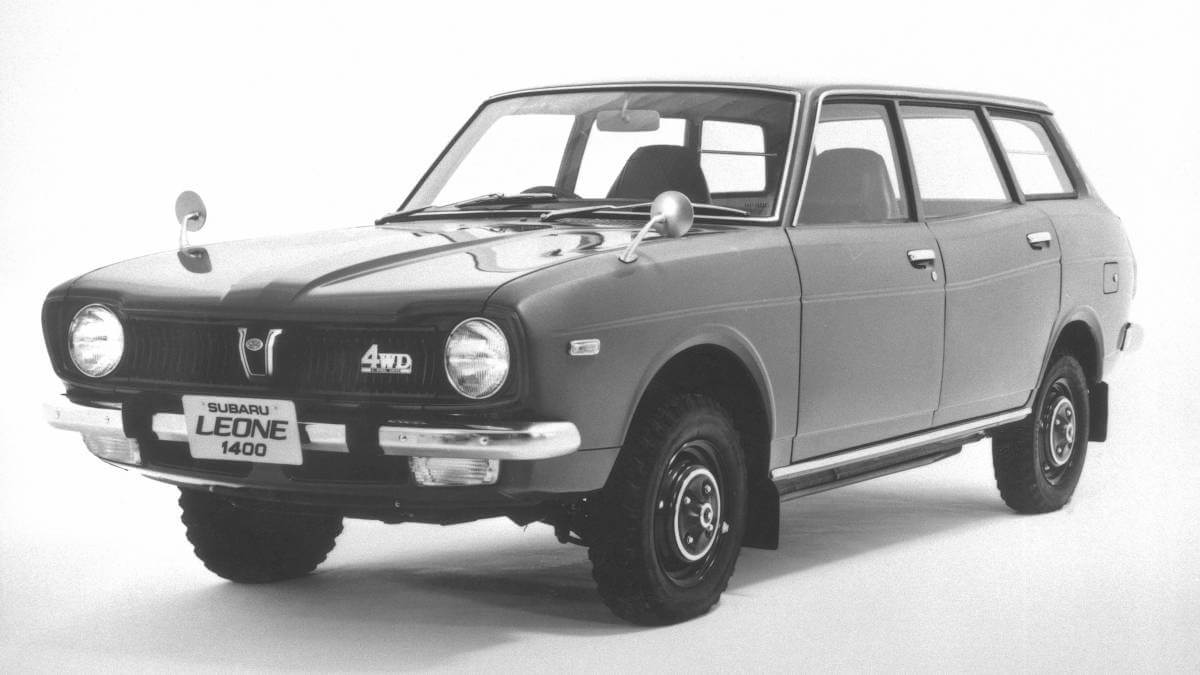



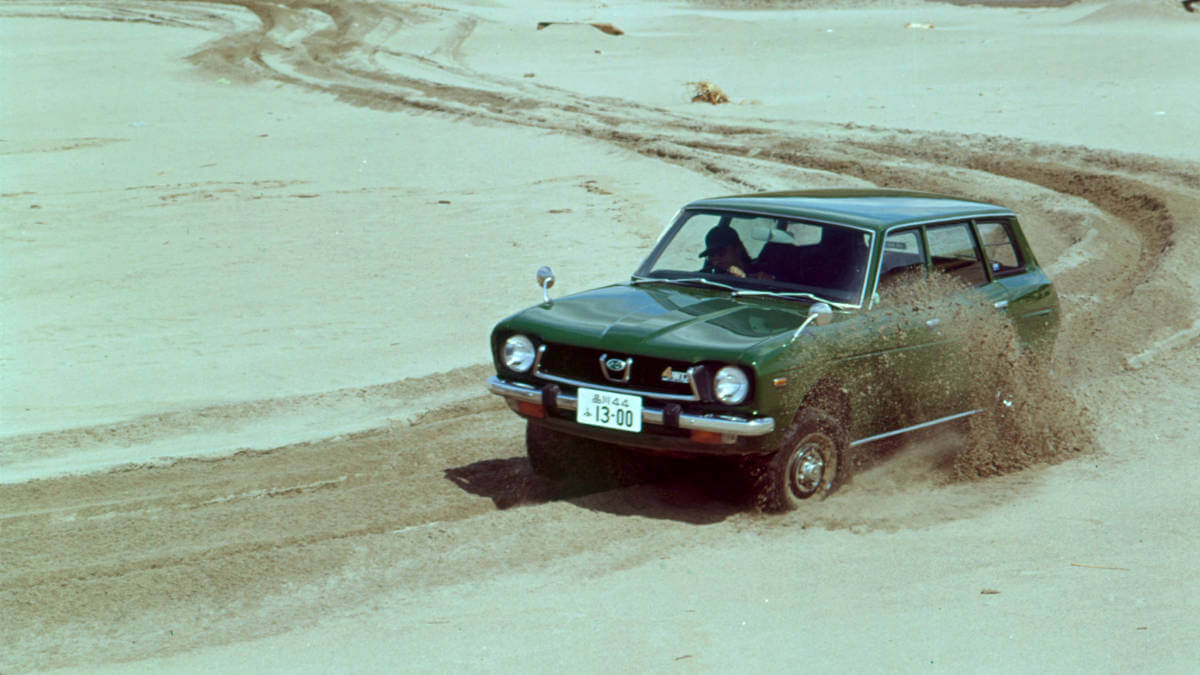



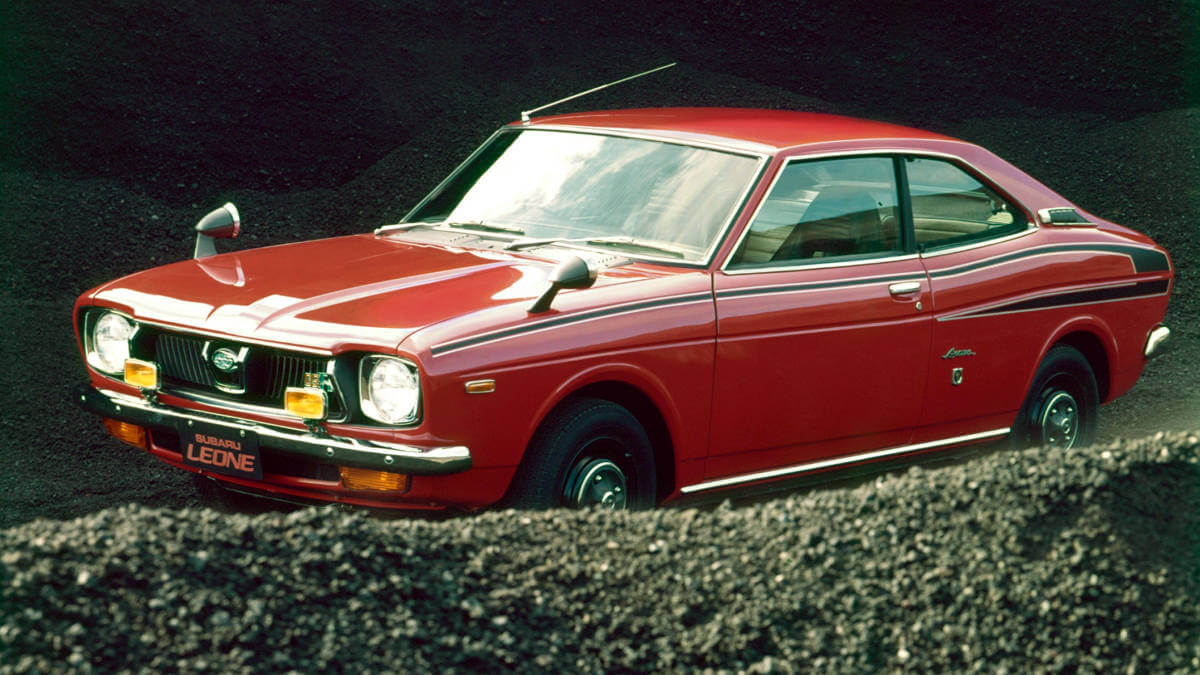



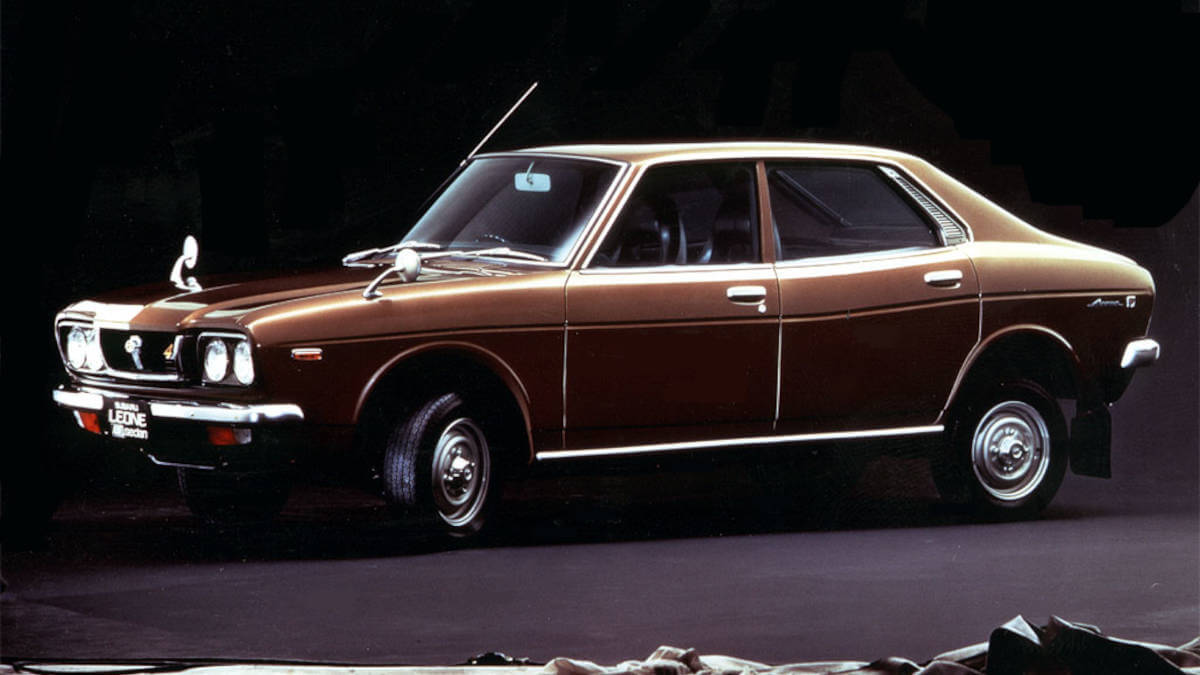



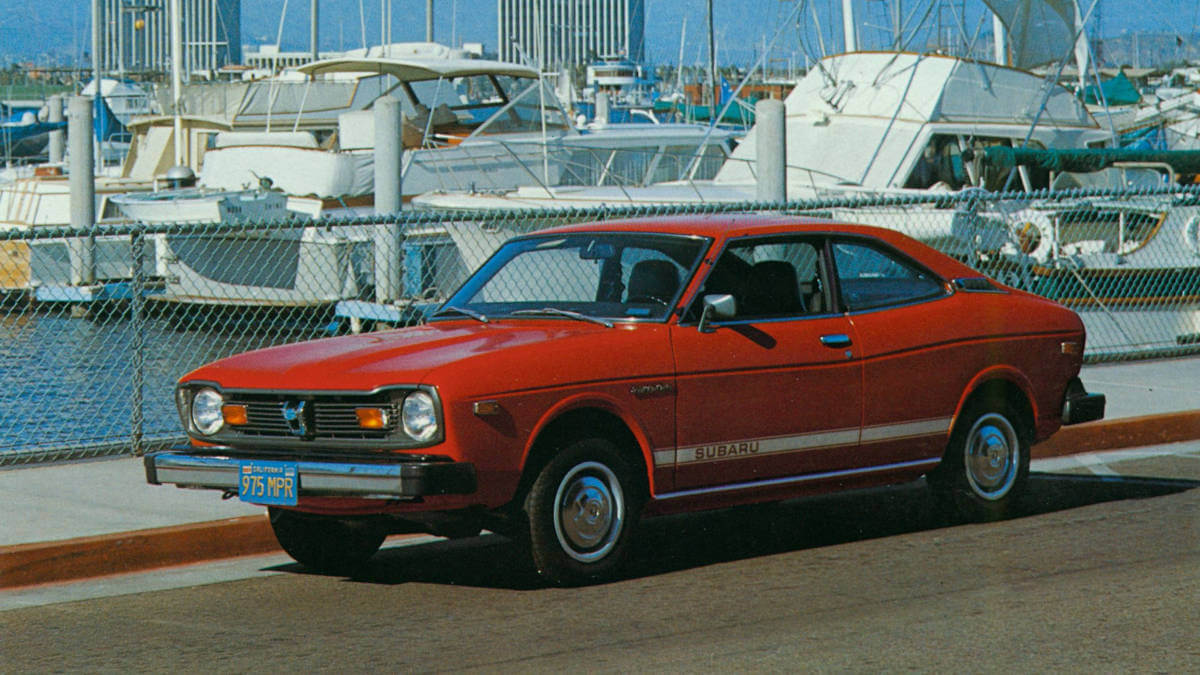



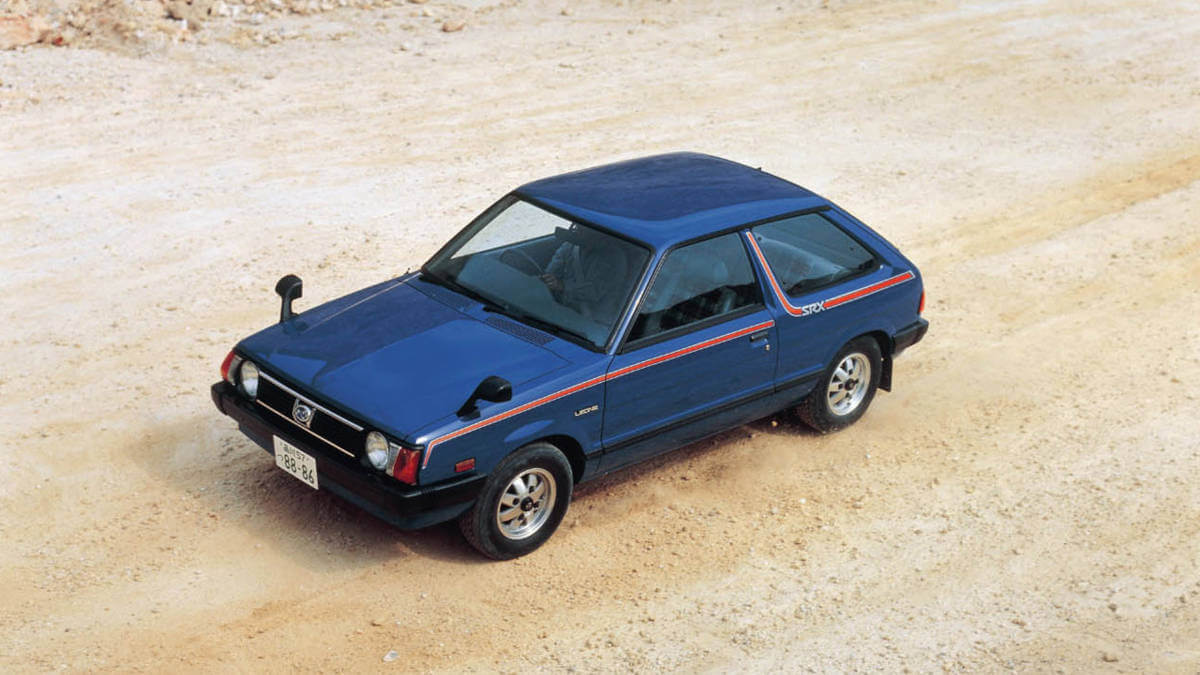



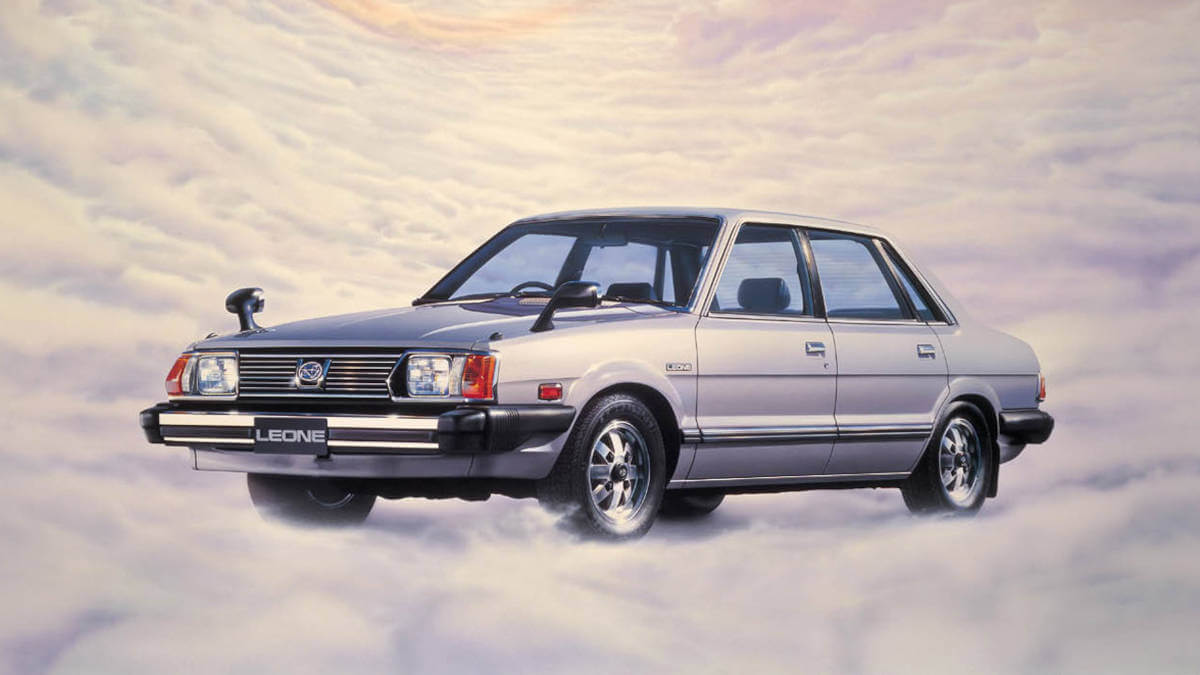



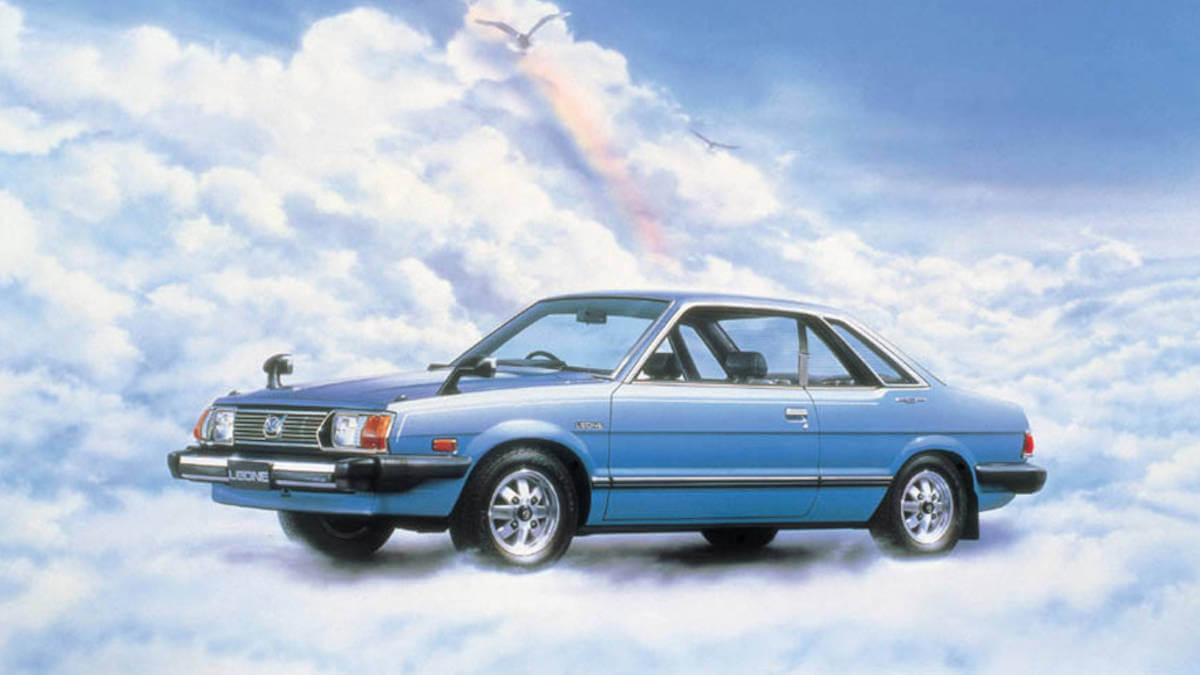



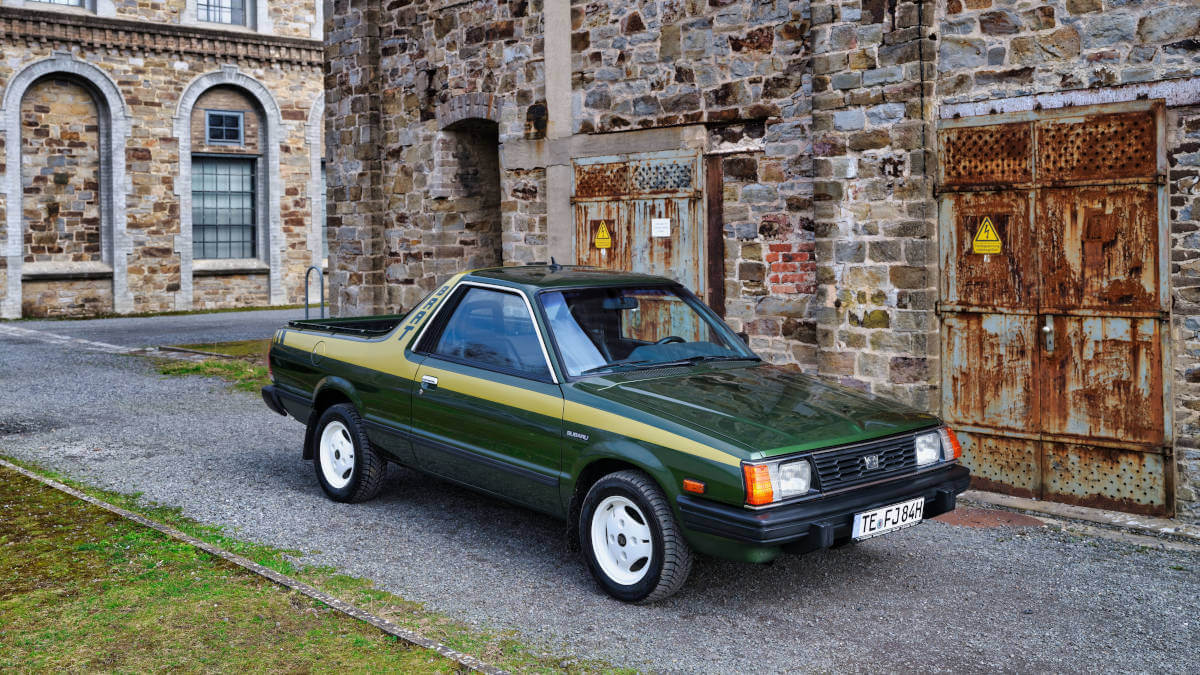



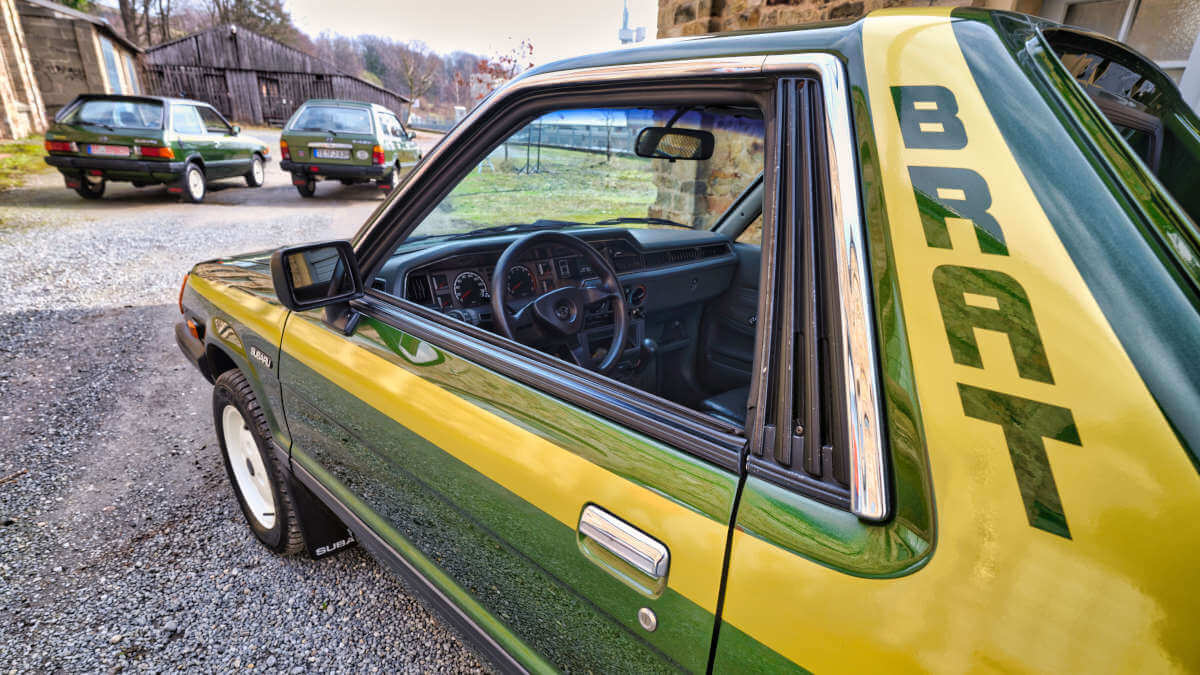



Tendering for series production
Subaru had already started considering all-wheel drive in the 1960s. Starting in 1969, a modified 1000 Station Wagon went into road testing. At the same time as the premiere of the Leone, a prototype called the 1300 G 4WD rolled onto Japanese roads. However, there was no final decision then as to whether or not the four-wheel drive system would go into production. This decision was made following an official invitation to tender issued by the Tohoku Electric Supply Company from Tohoku Prefecture in Japan. This is located in the north of the Japanese main island of Honshu, is very snowy in winter and had to be supplied with electricity. They were looking for safe and reliable vehicles for all weather conditions to take their employees wherever they needed to go. This led to the production of the Leone 4WD Station Wagon, which ultimately became a worldwide sales success.
Brat as a special version for the USA
From the Leone 4WD Station Wagon, the road for Subaru soon led to other all-wheel drive models. In addition to station wagons and sedans, there were soon coupés and SUVs as well. Since 1985, the all-wheel drive is permanent and no longer switchable by lever. Based on the Leone, a special offshoot called the “Bi-drive-Recreational all-terrain Transporter” or Brat for short was also developed for the US market. This was a two-seater pickup that was mostly used as a beach car. Subaru retained the Brat as a variant of the second-generation model from 1979. One example served as a fun vehicle on the ranch of a former US president. Between 1984 and 1994 there was the third generation. The smaller Impreza and the larger Legacy made their debut as successors, allowing Subaru to significantly diversify its model range.
Images: Subaru




